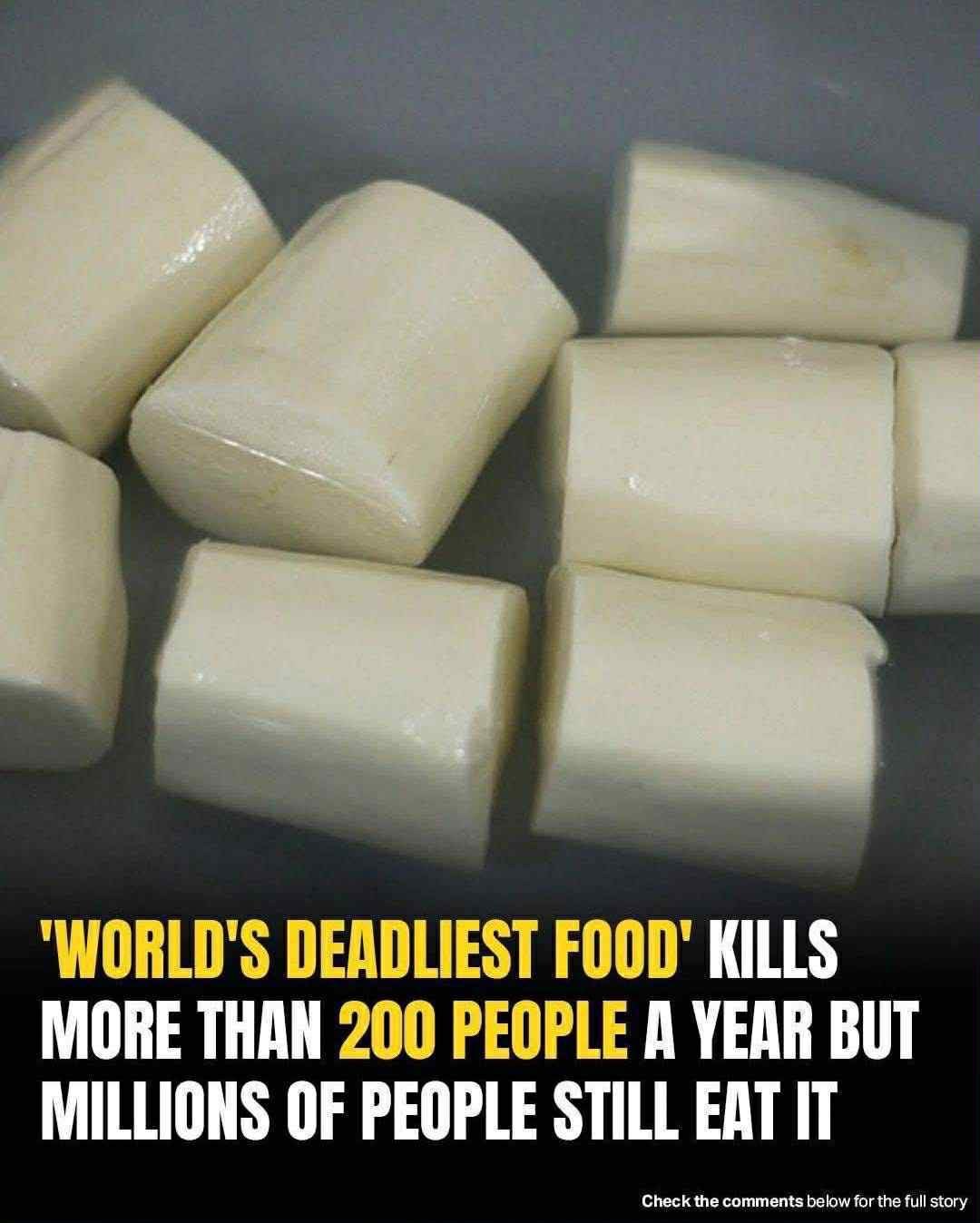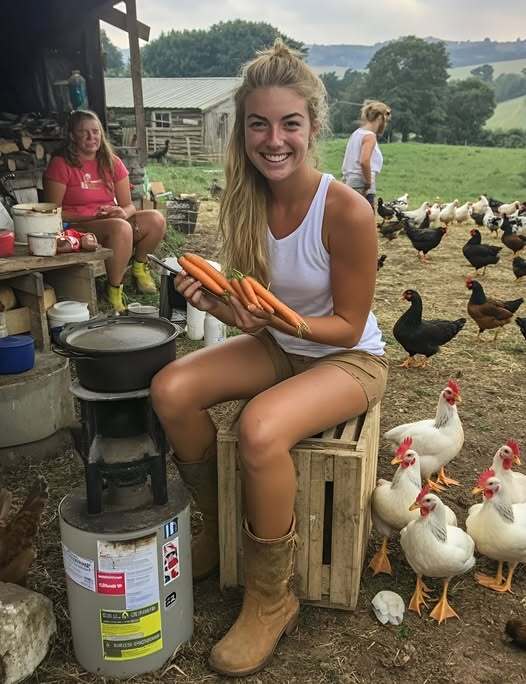The ‘world’s deadliest food’ claims over 200 lives every year,
**Cassava: The Nutritious Yet Potentially Dangerous Staple**
Cassava, a versatile root vegetable originating from Central and South America, serves as a dietary staple for more than 500 million people, particularly in tropical regions.
Packed with vitamin C and copper, cassava is often prepared like potatoes and is a dietary cornerstone in countries such as Nigeria, Thailand, and Indonesia.
However, this widely consumed crop has earned a grim nickname—the “world’s deadliest food”—due to the risks of eating it raw.
Cassava naturally contains cyanogenic glucosides, which can release lethal cyanide if not properly processed. The WHO estimates roughly 200 annual deaths from cassava-related poisoning.
These toxic compounds act as the plant’s defense mechanism. Inadequate preparation—common during food shortages—can trigger acute poisoning or neurological disorders like konzo, a crippling leg paralysis prevalent in impoverished regions.
Konzo outbreaks often occur when communities rely on poorly processed “bitter” cassava while lacking protein-rich foods, highlighting the intersection of nutrition and food safety.
Despite these dangers, proper preparation makes cassava safe to eat. Soaking, boiling, or sun-drying drastically reduces cyanide levels, transforming it into a nutritious source of carbs, fiber, and essential minerals when consumed in moderation.






